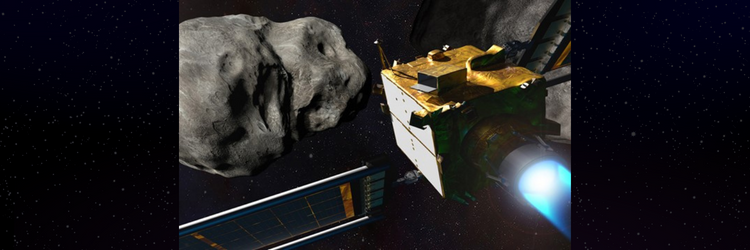We’ll Deflect Asteroids Better Soon
It wasn’t an action film featuring a kamikaze mission, smashing a spacecraft into a stadium-sized asteroid, and resetting its orbit last September. It was NASA’s DART mission and the first test of a planetary defense strategy.
MIT researchers are working on ways to improve the aim of future missions, developing a method to map an asteroid’s interior structure, or density distribution, based on how the asteroid’s spin changes as it encounters massive objects like the Earth.
Scientists can plan an effective defense if they know how density is distributed inside an asteroid. The research team is ready to use the method on Apophis, a near-Earth asteroid that would be a significant hazard if it made an impact with Earth, which, by the way, is no immediate threat. The new method appears in the Monthly Notices of the Royal Astronomical Society.
The team is presenting their results in a new software toolkit named AIME, for Asteroid Interior Mapping from Encounters (the acronym also translates as “love” in French). Scientists can use the software to reconstruct the internal density distribution of an asteroid from observations of its spin change during a close encounter.

